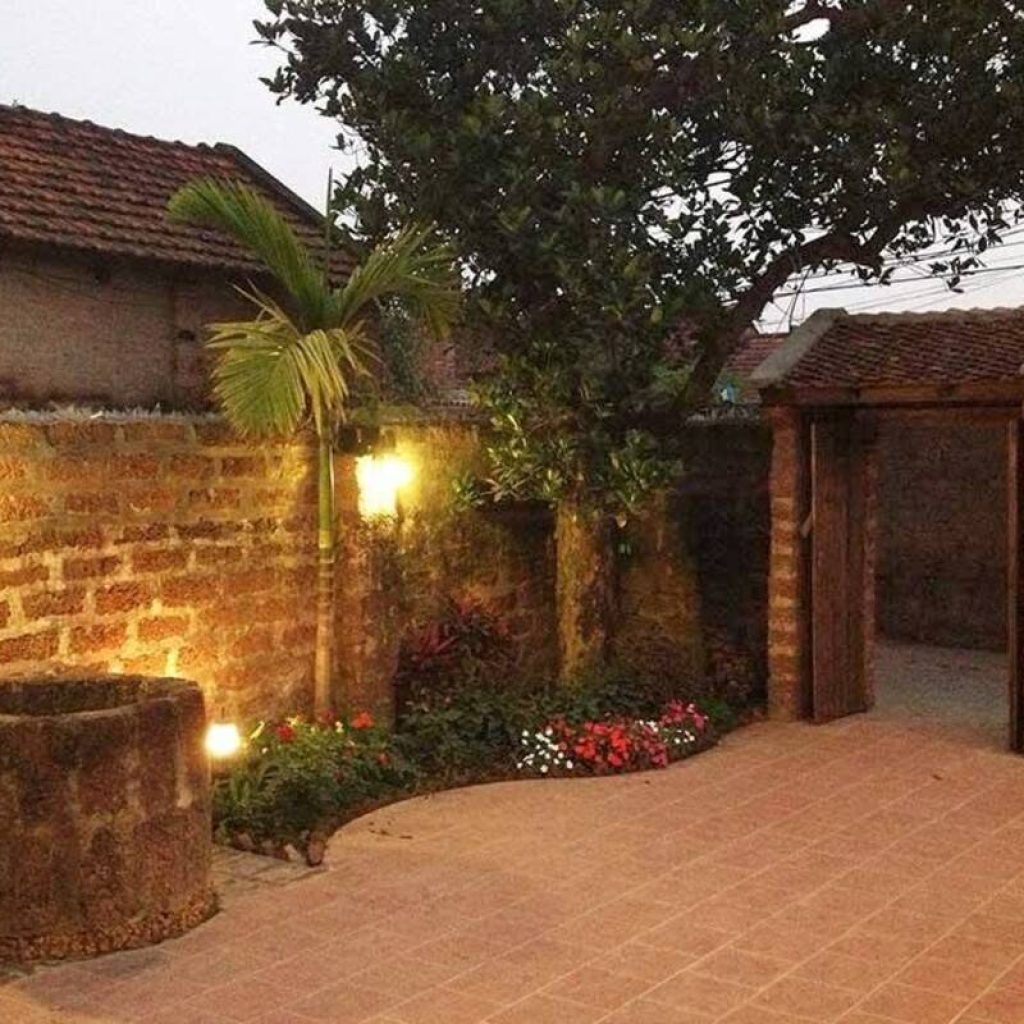
Duong Lam Homestay
Duong Lam Homestay is located in Duong Lam Ancient Village – the first Vietnamese village recognized as a National Historic Site. The homestay features traditional
Hanoi – the thousand-year-old capital – is a captivating destination where ancient charm blends harmoniously with modern life. Travelers can begin their journey with a stroll around Hoan Kiem Lake, visit Ngoc Son Temple, explore the Old Quarter with its narrow alleys and moss-covered rooftops, or listen to the echoing bell of Tran Quoc Pagoda by West Lake. Every street corner and historical site tells a fascinating story of the city’s rich past.
Beyond its cultural landmarks, Hanoi is also a street food paradise. From a steaming bowl of morning pho, a plate of fragrant bun cha, to a creamy egg coffee – each dish reflects the soul of the Hanoian people. At night, visitors can soak in the lively atmosphere around the Hoan Kiem pedestrian street, browse the bustling Dong Xuan night market, or enjoy a cup of coffee from a rooftop café while admiring the glowing city lights.
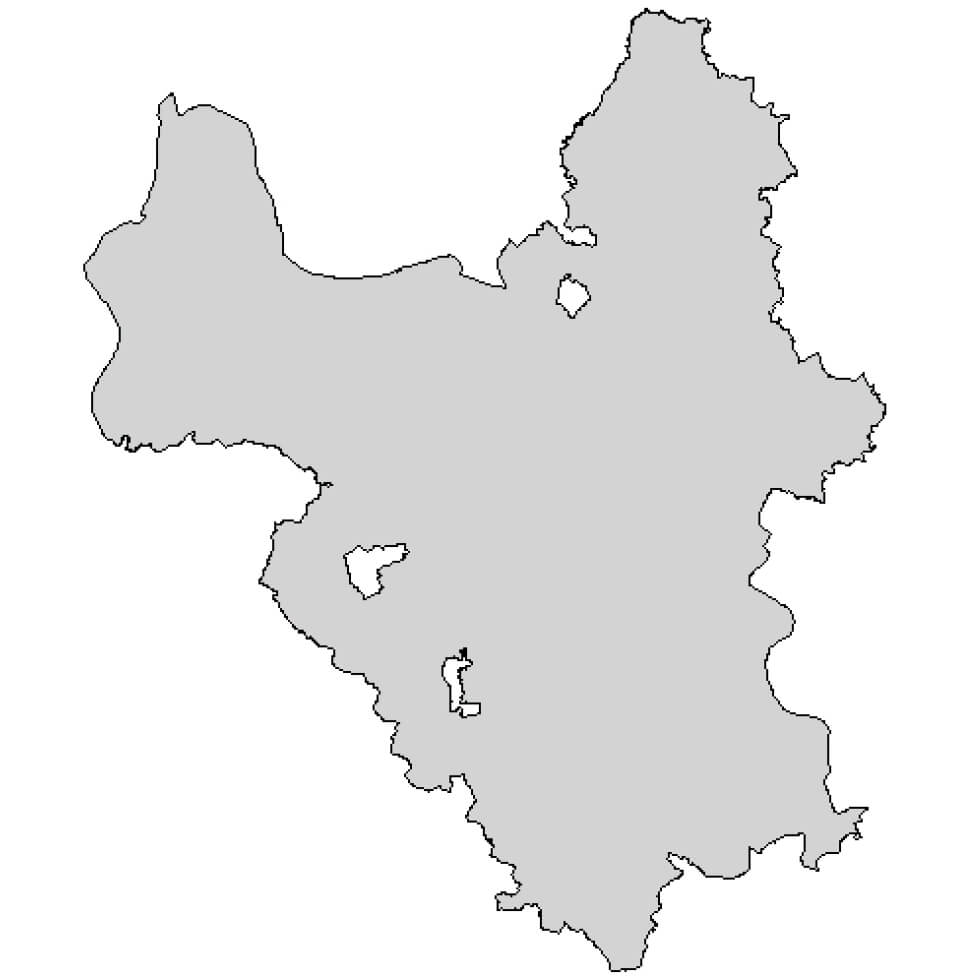

Duong Lam Homestay is located in Duong Lam Ancient Village – the first Vietnamese village recognized as a National Historic Site. The homestay features traditional

Paradise Soc Son Resort – a green haven just over 30 km from Hanoi, nestled within nearly 8 hectares of natural forest in the Sóc Sơn
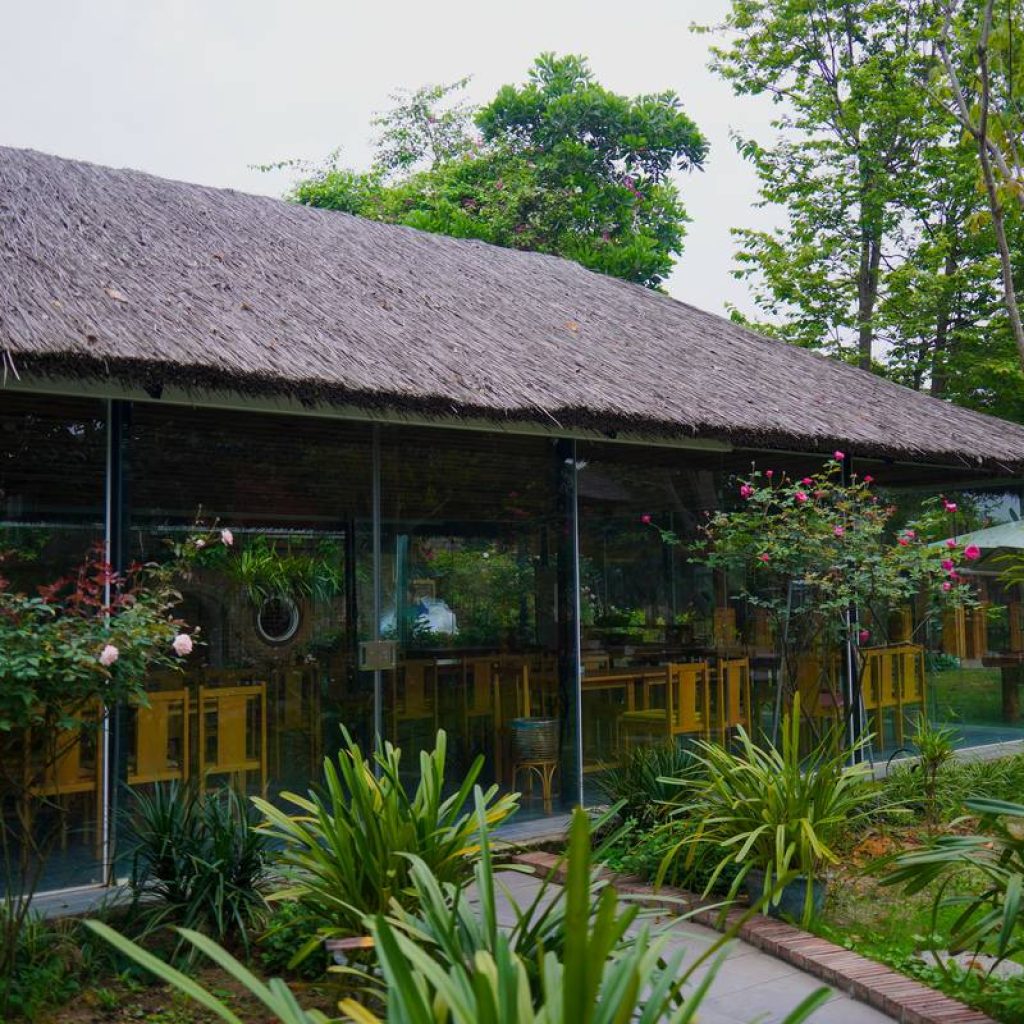
Thao Moc Villa Ba Vi – A gentle, green retreat just over 40 km from Hanoi Nestled in Viet Hoa village, Van Hoa commune, Thao Moc
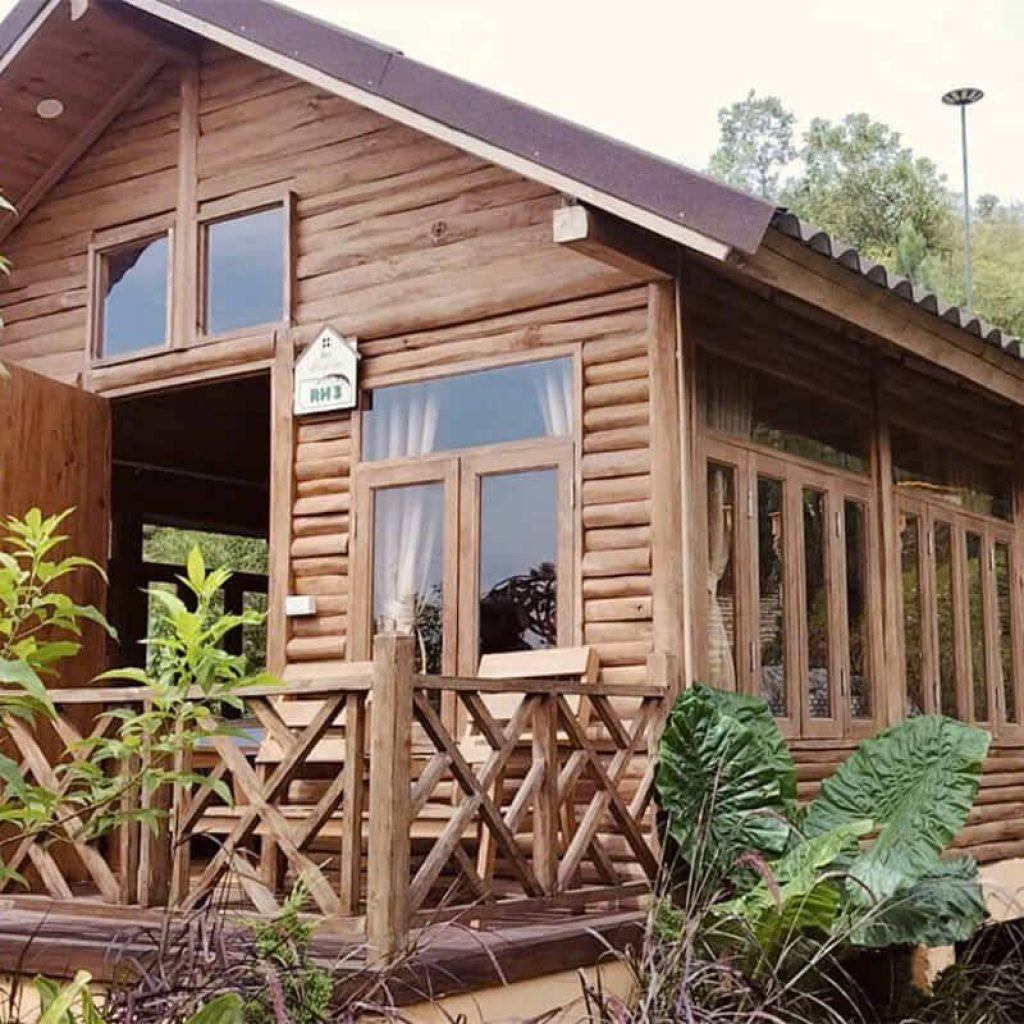
Try Hanoi’s “exclusive” drink – rich, creamy egg coffee, served in a peaceful, nostalgic atmosphere of old-style cafes.
Wander through small alleyways to discover popular local dishes like crab noodle soup, grilled pork rolls, sour rolls, and more – all in the vibrant night-time ambiance.
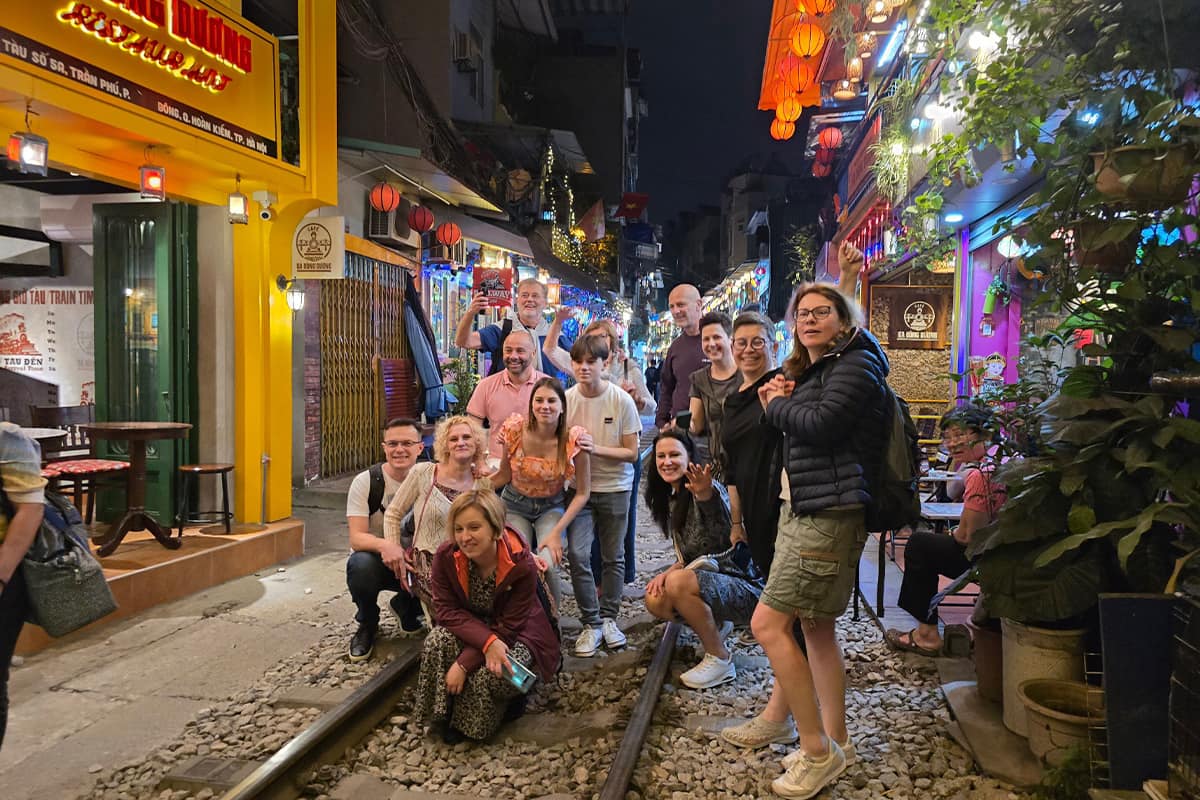
The original face of Hanoi, with its narrow streets, traditional shops, and vintage-style cafes – where you can experience the city’s vibrant lifestyle and diverse street food culture.
A long-standing historical site and the first university in Vietnam. Visit to learn more about the country’s traditional education and cultural values.
The final resting place of President Ho Chi Minh. The large square stands as a historic symbol of Vietnam’s revolutionary past.
A unique architectural Buddhist temple built on a single pillar in a lotus pond. It is a symbol of Hanoi and a highlight of Vietnamese spiritual heritage.
A UNESCO World Heritage Site that once served as the political center of several dynasties. Explore this site to understand the formation and development of Thang Long – Hanoi.
Planning an eco-tourism trip to Hanoi is a great way to explore Vietnam’s natural beauty and cultural heritage. With thoughtful preparation, your journey can be both meaningful and sustainable:
Choose eco-friendly accommodations: Prioritize homestays or hostels that use natural materials, save energy and water, and limit plastic waste. These places are often connected to local communities and offer green experiences.
Travel green: Walk, bike, or use public transport and electric vehicles to explore the city. This saves money, reduces emissions, and limits environmental pollution.
Eat responsibly: Enjoy meals at traditional eateries run by locals. Bring your own water bottle and limit single-use plastics.
Respect culture and the environment: Be a responsible traveler when visiting cultural sites and temples. Don’t litter, avoid making noise, and help protect trees, water sources, and heritage sites.
Shop sustainably: Choose handicrafts and souvenirs from traditional craft villages. Avoid buying items of unclear origin, especially those made from wildlife or non-sustainable materials.
Join community activities: Try farming, recycling, visiting craft villages, or joining workshops organized by local residents.
Staying at locally-run homestays not only brings you closer to the local culture but also helps protect the environment and support community development.
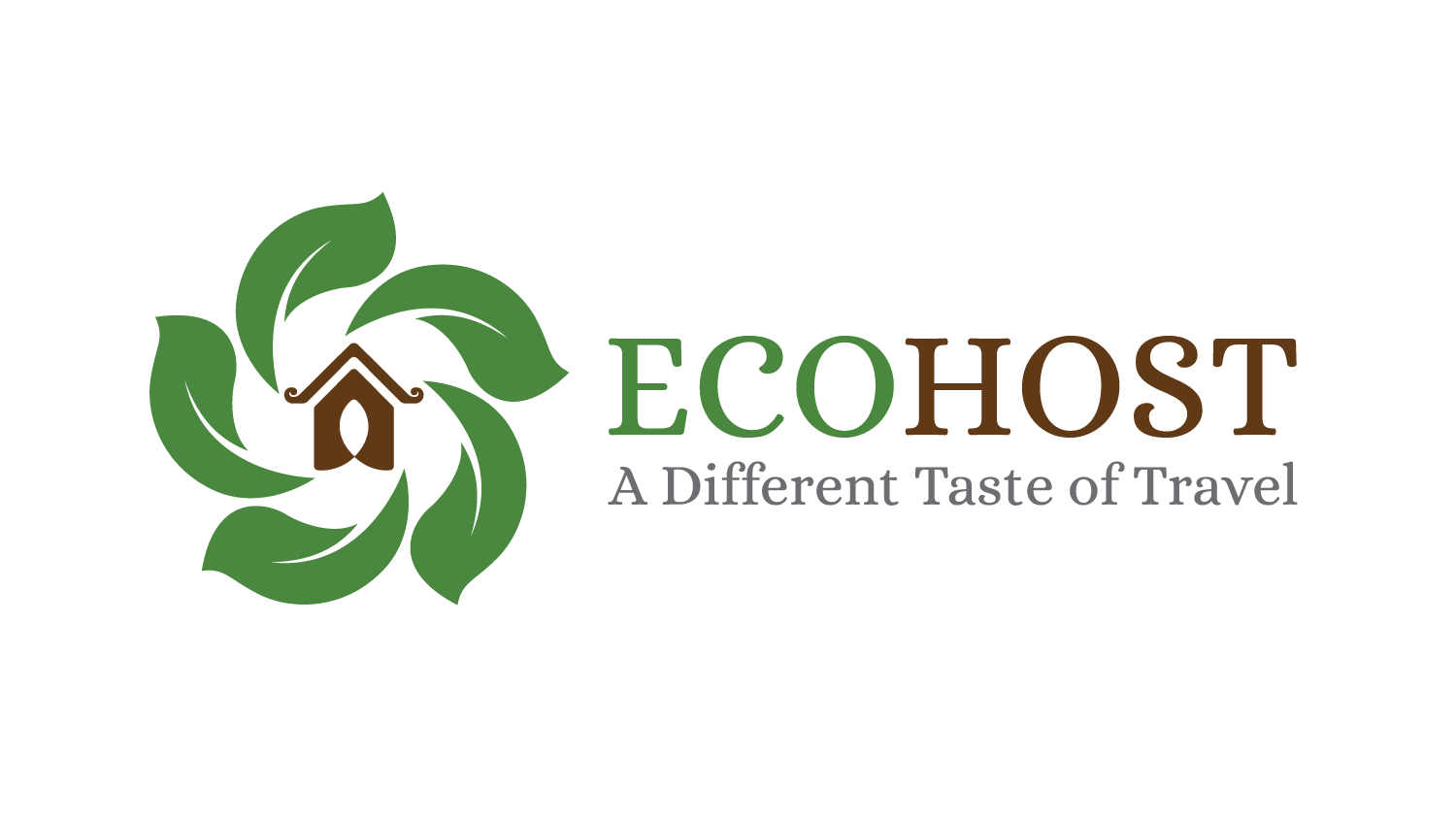
Ecohost Vietnam is a pioneer in consulting, implementing, and operating community-based tourism models across the country. We connect local resources with international expertise to build a sustainable, efficient, and distinctive community-based tourism ecosystem.
Ecohost Information
Address: 4th Floor, Building 31B, Van Mieu Street, Van Mieu – Quoc Tu Giam Ward, Hanoi
Hotline: +84 81 219 8228
Email: [email protected]
Working Hour:
Monday – Friday: 8:30 – 17:30
Saturday: 8:30 – 12:30